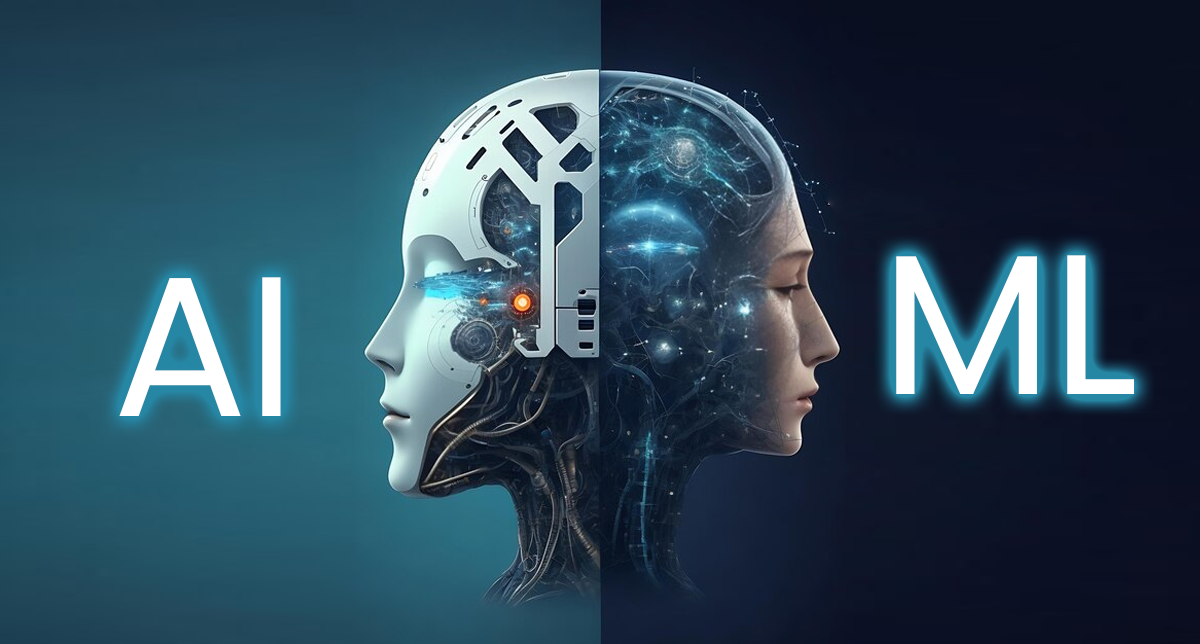
Essential Math for Machine Learning: Linear Algebra, Calculus, and Probability
Essential Math for Machine Learning: Linear Algebra, Calculus, and Probability
So you're diving into the exciting world of machine learning (ML)? Fantastic! But let's be real, hearing “linear algebra” and “calculus” can send shivers down even the most seasoned programmer's spine. Don't worry, you don't need a PhD in mathematics to get started. This post breaks down the essential math concepts you'll encounter, making them accessible and relatable.
1. Linear Algebra: The Foundation
Think of linear algebra as the language of ML. It deals with vectors and matrices, which are fundamental to representing and manipulating data. Imagine you're analyzing customer data: each customer could be a vector, with elements representing age, income, and purchase history. Matrices let you organize multiple customer vectors efficiently.
Key Concepts:
- Vectors: Ordered lists of numbers. Example:
[1, 2, 3]represents a point in 3D space. - Matrices: Rectangular arrays of numbers. Think of a spreadsheet!
- Matrix Multiplication: A fundamental operation used in many ML algorithms. It combines information from different vectors and matrices.
- Eigenvalues and Eigenvectors: These reveal important properties of matrices, crucial for dimensionality reduction techniques like Principal Component Analysis (PCA).
Real-world example: Recommendation systems use matrix factorization to predict user preferences based on their past interactions. Understanding matrix multiplication is key to understanding how these systems work.
2. Calculus: Optimization and Change
Calculus helps us find the best solutions by optimizing functions. In ML, we often need to find the parameters that minimize an error function – essentially, finding the settings that make our model perform the best. This is where gradient descent comes in, an algorithm that iteratively adjusts parameters based on the function's slope (calculated using calculus).
Key Concepts:
- Derivatives: Measure the instantaneous rate of change of a function. Think of the slope of a curve at a specific point.
- Gradients: Multivariable extensions of derivatives, used to find the direction of steepest ascent or descent in a function.
- Optimization algorithms: Gradient descent and its variants (like stochastic gradient descent) are core to training many ML models.
Real-world example: Training a neural network involves adjusting its weights and biases to minimize the error between its predictions and the actual values. Calculus provides the tools to find these optimal parameters.
3. Probability and Statistics: Uncertainty and Data
The real world is messy. ML deals with uncertainty, and probability and statistics help us quantify and manage it. They let us make predictions based on data, assess the reliability of those predictions, and handle noisy data effectively.
Key Concepts:
- Probability distributions: Describe the likelihood of different outcomes. For example, a Gaussian (normal) distribution is commonly used to model data.
- Bayesian inference: Allows us to update our beliefs based on new evidence, which is crucial for many ML tasks.
- Hypothesis testing: Used to determine if observed results are statistically significant or due to random chance.
Real-world example: Spam filters use Bayesian inference to classify emails as spam or not spam based on the words they contain. The probability of a word appearing in spam emails versus legitimate emails is crucial for this process.
Conclusion
While intimidating at first glance, the core math behind machine learning is surprisingly manageable. Focusing on the key concepts and understanding their practical applications will significantly improve your understanding and ability to build effective ML models. Don't be afraid to start learning, one concept at a time. There are tons of fantastic online resources available to help you on your journey!